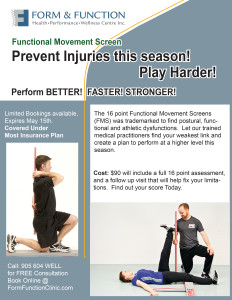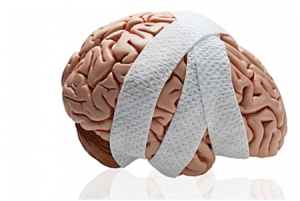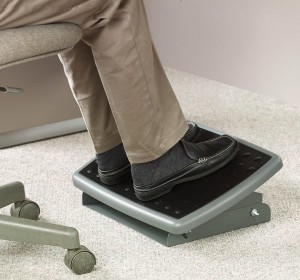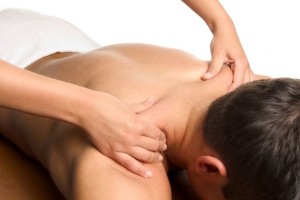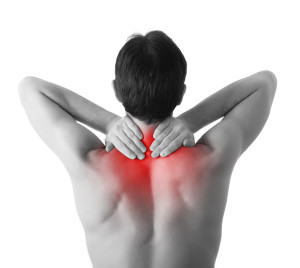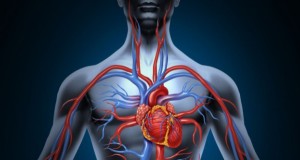Tips for Beginner Runners
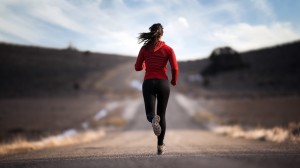
So many people start towards their fitness goals by running. There’s nothing wrong with that if they go about it the right way. Here are some quick tips:
- Pace yourself. Start running at a pace where you can carry a conversion without huffing and puffing initially. Over time, that pace will increase
- Run the right distance. Start with 2-3 km and see how sore you are the next day. If the soreness is gone within one day, you can increase the distance. If not, stay at that distance.
- Rest correctly. Always have at least one day in between runs for rest and recovery. I recommend only running 2 times a week for a month before increasing your frequency
- Get fit. You should be fit enough to run if you want to run to get fit. Some basic muscle strength/endurance is important to run properly. Come in to Form and Function to get assessed on what exercise you need to do before you run.
If you have any more questions, feel free to contact us at Form and Function Clinic or book an appointment to see one of our therapist.
Manni Wong, Physiotherapist
Health Talk: Have you ever had a Concussion?
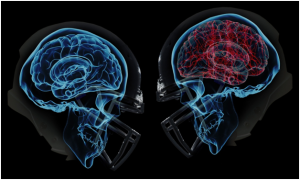
A concussion is an injury to the brain that changes the way your brain functions. The effects are usually temporary and include headaches, trouble concentration, memory loss (amnesia), balance and coordination.
Concussions are usually caused by an impact to the head but can also occur when the head and upper body are violently jarred. Most concussions do not result in loss of consciousness. This allows concussions to plague more recreational athletes because they don’t realize they have one.
Concussions are common, especially if you play a contact sport such as hockey. Each time you get a concussion, it’s your brain that has to heal. Most concussions are mild and people can recover fully.
The most common symptoms after a concussion are headache, memory loss and confusion. Other symptoms can include:
– loss of consciousness
– feeling of pressure in the head
– a fog like state of mind – confusion
– appearing dazed
– forgetting what happened
– dizziness
– double-vision
– sensitivity to light
– seeing stars
– nausea
– vomiting
– slurred speech
– slower response to questions
– fatigue
These symptoms can manifest immediately or over the next few hours up until days after an injury. In children – this can be a change in personality – lack of interest in favourite toys/foods, increased irritability and crankiness, loss of balance and unsteady walking, and excessive crying.
The Cause
After hitting your head – the force of the impact causes your brain to hit against the inside of the skull. This movement causes brain cells to stretch and or tear changing their electrical and chemical balance. This change is critical to their function and communication which in turn gives us the many symptoms of a concussion. After an injury the brain is left in a highly stressful state where it begins to heal itself.
A concussion is essentially an energy crisis within the brain. After an injury – the brain will try to heal itself – which by nature demands a lot of energy. This is why the single most important thing you can do if you think you are suffering a concussion is to GET REST. Rest is both mental AND physical rest in conjunction to addressing any associated neck injuries you may have suffered.
After a single concussion – there is a window of brain vulnerability – this is when the brain is in its healing state and demands the most energy. This is usually from day 3-7 after an injury. If you suffer a second head impact during this time your concussion will get worse. This can prolong proper complete recovery up to 6 months to 2 years.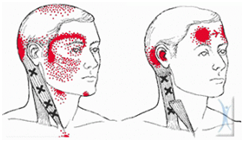
Associated Neck injury
Anytime there is enough force for you to have a concussion – there can be an associated whiplash through the neck. The amount of force to allow your brain to slosh into the inside of your head is enough to irritate or cause some issues into the neck. Sometimes some of the symptoms you think are a concussion can actually be coming from your neck!
How can I help?
I can assess you to see a baseline in your balance and function as well as address any musculoskeletal issues (muscle, ligament, joint, nerve) in the neck after an injury. After an assessment I can explain to you what is going on and the plan to achieve a full recovery – including exercise to make your neck stronger!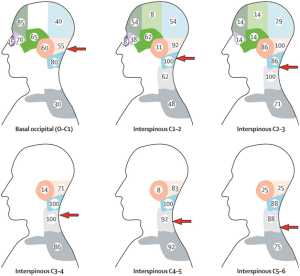
Dr. Jon Leung, DC
Sit Differently After Meals
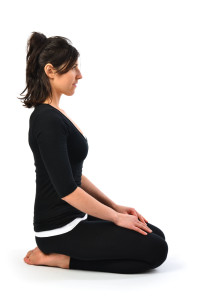
It does not matter how much one eats but how much one can digest. The digestive
system is the fulcrum of all human systems. To strengthen it is to strengthen the entire
human organism. Normally, people start working immediately after taking meals. For
proper digestion, blood should flow properly towards the digestive system. For this one
needs to learn the Thunderbolt pose.
Benefits:
The Thunderbolt pose improves digestive efficiency by reducing the blood flow towards
the lower pelvic region and increasing it towards the stomach. The chances of acidity
and flatulence decrease. Besides, it strengthens muscles of the back and the neck.
Technique:
Keep the lower legs together and sit on heels, so that the thighs rest on calf
muscle and the buttock rests on heels. Back and neck should be kept straight.
Maintain the posture for at least 5-10 minutes.
In case of discomfort in legs or feet, undo the posture and stretch your legs.
Warning: Not to be performed by those who have knee problems or who have
undergone knee surgery.
Smriti Kaushal, physiotherapist
Been sitting all day? Legs up!
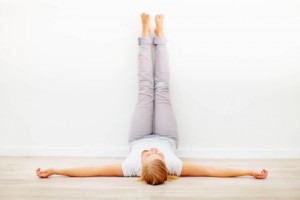
Do you spend a lot of time at work sitting or stuck in one position? During lunch or a break, take the time to move and stretch and change your position to keep your spine healthy. Prop your legs up against the wall with your back on the floor. Take a few deep breaths while ‘sitting on the wall’ to help the back, improve circulation, rest weary legs, or relax in general.
Dr. Jon Leung
Ingrown Toenails

Ingrown toenails are toenails that have a tendency to curl into the surrounding skin on our toes.
If left unattended, they are can get infected and/or irritated. Make sure to wear wider-fitting shoes. This will prevent your shoes from putting pressure onto your toenails. Wearing high heels will have just the opposite effect! Avoiding any type of trauma to the toenails will also be beneficial. Avoid people from stepping on your toes and avoid hitting your toenails against hard surfaces.
Jennifer Lam, Chiropodist
Tips at your Computer
Keyboard HeightSit with relaxed shoulders in an upright posture. Adjust your seat height until your elbows and knees are bent at 90-degrees, and your feet rest on the floor. You may also move your keyboard, the height of your desk, and/or use a footrest to achieve this position. When possible, you may try using an exercise ball (stability or Swiss ball) as an ergonomically-sound replacement for your chair.
Footrest
Adjustable footrests are ideal. An adjustable height Wobble Board is a good alternation, because the dynamic movement means that your legs and feet will not get tired of being in the same position for hours. You can also stand on a Wobble Board when talking on the phone. This is a great opportunity to enhance your balance and proprioception.
John Li, Massage Therapist
Yes, You Still Have to Eat Your Fruits & Vegetables!

As the price of fresh produce continue to rise, money often becomes a limiting factor to eating healthy. Organic vegetables and fruits are preferred to reduce your exposure to pesticides, which may disrupt hormone levels in the body. However, the high cost of organic foods is often a deterrent.
Fortunately, the Environmental Working Group helps you make better decisions for your body and your wallet, by providing a list of foods which are safer to eat non-organic, and which foods are better eaten organic.
The “Dirty Dozen”
These foods were found to have the highest pesticide exposure. When possible, purchase the organic options for these foods:
http://www.ewg.org/foodnews/dirty_dozen_list.php
The “Clean 15”
These foods were found to have the lowest pesticide exposure. Save your money and choose the non-organic options for these foods:
http://www.ewg.org/foodnews/clean_fifteen_list.php
One final thought: my patients often ask me whether it is safe to eat vegetables and fruits even if they are not organic, due to the risk of pesticide exposure. My answer is always the same: Remember that the levels of fibre, vitamins, minerals and antioxidants in produce outweigh the potential risks of pesticides. So Yes! You still have to eat your fruits & vegetables.
Wishing you good health,
Dr. Odette Bulaong ND
Look up for Neck Health!
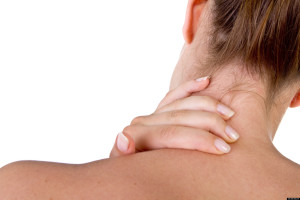
As technology is getting more advanced, we spend more and more time looking down at screens from laptops to tablets to phones. Looking down, especially for a prolonged period of time, is horrible for your neck. In fact, for every 15 degrees we look down, our neck/spine bears an EXTRA 10-15lbs. That’s a whopping 60lbs of weight at 60 deg neck flexion. So next time you are looking down, I suggest you spend an equal amount of time looking up (or just put the technology away for a while). Your neck will thank you for it.
Manni Wong, Physiotherapist
4 Benefits of a Deep Tissue Massage
By John Li, Registered Massage Therapist (RMT)Massage therapy is the manipulation of soft tissues of the body including, muscles, connective tissues, tendons, ligaments and joints. Massage Therapy is a clinically-oriented healthcare option that helps alleviate the discomfort associated with every day and occupational stresses, muscular over-use and many chronic pain conditions. Receiving routine massages will maintain the body’s well-being.
Getting a deep tissue massage, where the therapist works on deeper layers of muscles, fascia, and myofascial layer can be advantageous.
- Deep tissue massage offers stress relief
Everyone experiences stress from everyday life demands. Deep tissue massage can ease the stress in a healthy manner, by relieving physical stress from the body. When the body is relaxed, it improves mental health as well.
- Deep tissue massage eases pain
Deep tissue massage uses techniques that focuses on key target areas and may be able to lessen pain. Deep tissue massage can be used for conditions such as fibromyalgia, tennis elbow, chronic pain – like low-back pain, and can provide pain relief.
- Deep tissue massage makes movement easier
Scar tissue forms around injuries and damaged muscles, ligaments, or tendons. Deep tissue massage can help make movement easier and promotes greater range of motion.
- Deep tissue massage can lower heart rate and blood pressure
Deep tissue massage can use gentle yet sustained pressure to release pooled blood and improve blood circulation. Massage can also calm the body, therefore lowering heart rate and blood pressure.

